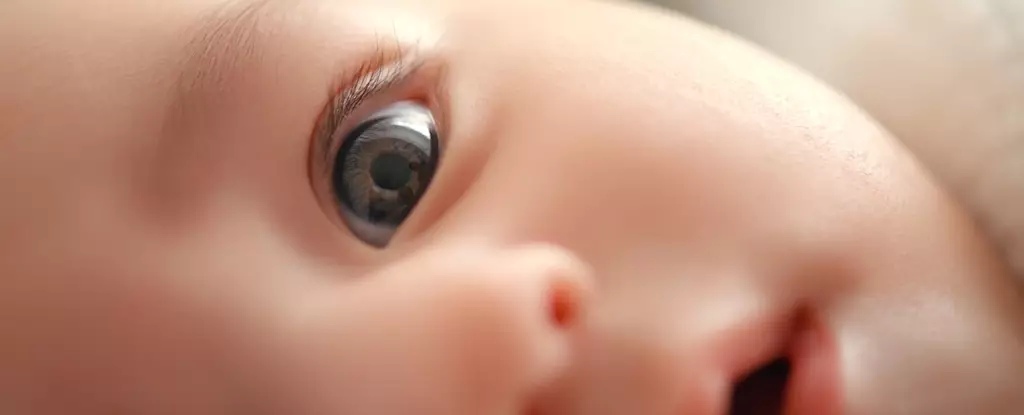Microplastics have become a ubiquitous component of our environment, infiltrating ecosystems, food chains, and even human bodies. As scientific scrutiny increases, awareness about the potential health risks associated with these tiny plastic particles grows. A recent study conducted by researchers at Rutgers University has shed new light on the transfer of microplastics from mother to offspring, indicating the profound implications for developing lives. The research provides compelling evidence that microplastics can not only infiltrate a mother’s body but also persist in her newborns’ organs beyond birth.
The study’s methodology involved exposing pregnant mice to inhaled fragments of polyamide-12 (PA-12), a commonly used type of nylon. The results were alarming, revealing that traces of plastic were found in the lungs, hearts, livers, kidneys, and brains of the newborn mice. This discovery highlights a critical gap in our understanding of how pervasive plastic pollution can affect reproductive health and fetal development. The fact that microplastics remained in the pups for at least two weeks after birth raises grave concerns about potential long-term health implications. As noted by researcher Phoebe Stapleton, the very notion of having plastic in vital organs is unsettling, igniting urgent discussions about what this means for human health.
The implications of this study extend beyond animal models. While there is a need for caution in extrapolating data from mice to humans, biological similarities provide a basis for concern. Human beings are exposed to microplastics through several channels: food, contaminated water, and inhalation. If pediatric exposure reflects similar findings, the idea that newborns enter the world with microplastic accumulation in their tissues is alarming. Prior research has already linked microplastics to chronic conditions, such as cardiovascular diseases, suggesting that the health risks could be substantial. The early-life exposure to pollutants is a well-documented factor in the development of various health issues later in life, and microplastics may play a role therein.
As the study indicates, our environments have become increasingly saturated with plastic materials, with global production exceeding 450 million tonnes annually. This widespread use has led to profound consequences for not just wildlife but also human health. Persistent plastic waste not only threatens ecological balances but also poses undeniable risks to personhood, particularly in the realm of maternal and fetal health. Addressing this crisis is a global imperative, yet despite increasing awareness, humanity shows little inclination to curtail its reliance on plastic products. The enigma lies in how deeply integrated plastics are within the fabric of modern life.
As we dissect the findings from this study, it’s imperative to consider the implications for future generations. The effects of microplastics are still poorly understood, requiring more extensive research to grasp the potential ripple effects on human health. Scientists must answer critical questions regarding the retention and effects of microplastics in the developing bodies of both mothers and newborns. Effective strategies for waste reduction, improved recycling methodologies, and alternative materials will be crucial in mitigating this growing concern.
While it’s unlikely that we can completely eliminate plastic from our lives, we must strive to reduce our dependence on it. Our collective health may depend on a concerted effort to lessen the burden of microplastics in our environment. Continued investigation into the relationship between plastic exposure and health challenges, particularly regarding maternal and fetal well-being, is essential. The findings from this study serve not only as a wake-up call but also as a foundation for advocating for changes that protect our health and that of future generations.


Leave a Reply